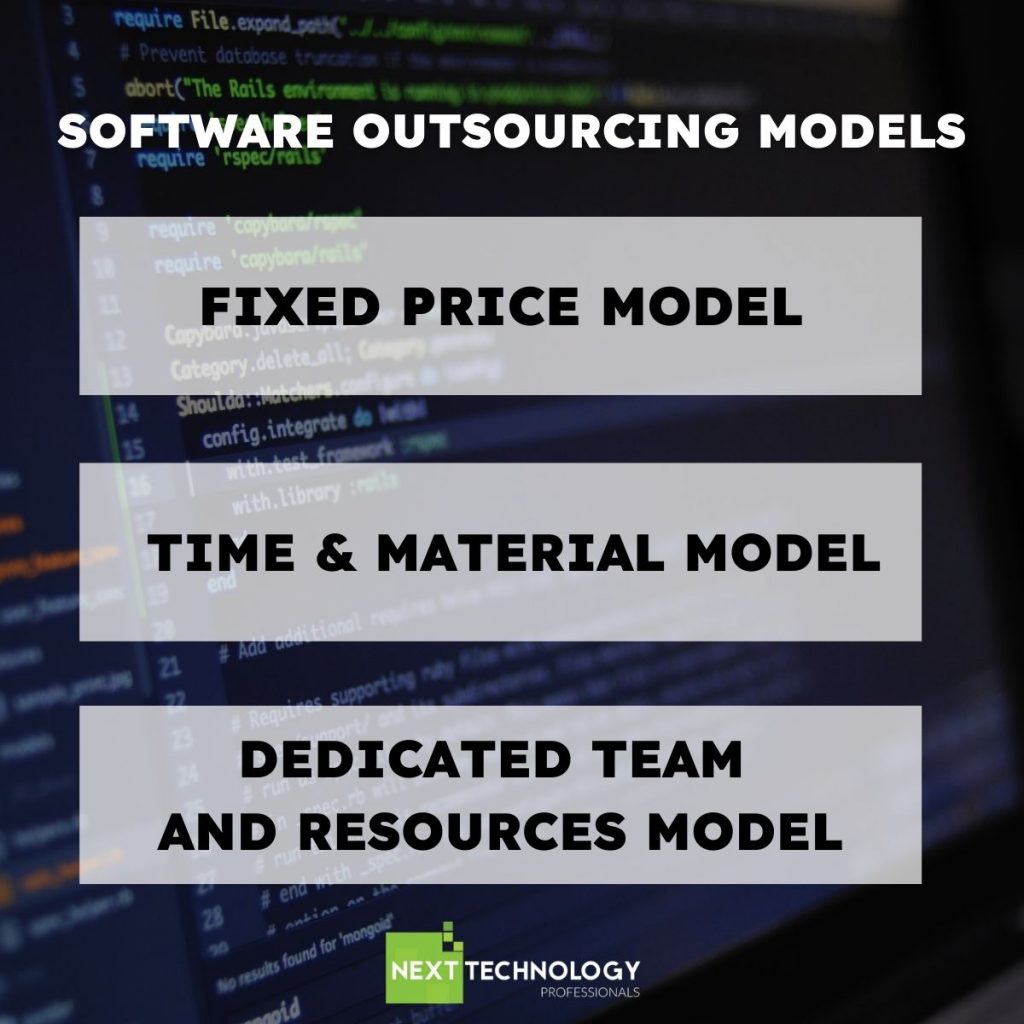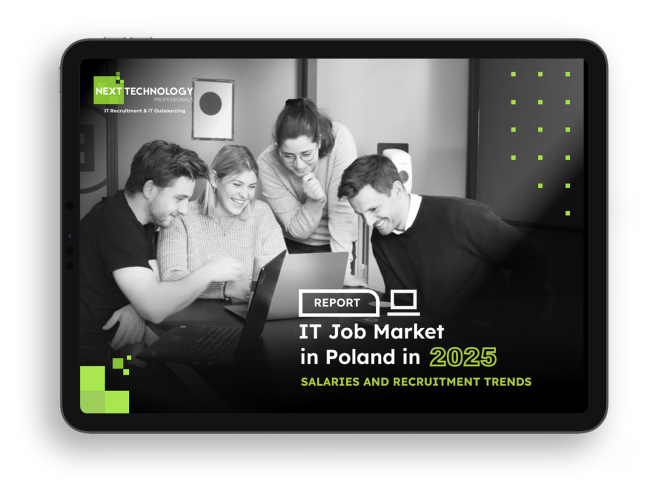The software development industry has grown from $835 billion in 2008 to $4.8 trillion in 2020. Likewise, the value of the global software outsourcing market is also growing, currently being around $92 billion with the official projections of $98 billion in 2024. Why is it becoming so popular? Let’s shortly explain what software development is and what are its main models.
What is software development outsourcing?
In simple terms, it is the process by which a company hires a third-party service provider to manage its software development projects instead of doing it in-house.
And why exactly has it become so popular? To give a short answer, outsourcing software development has proven to be a resounding success for many companies around the world. It reduces your internal costs while allowing your company to focus on its core competencies. Basically, when you outsource application development activities, you usually save time, money, and effort that you would need to spend on setting up an IT department.
Software outsourcing models
When selecting a company for software development outsourcing, you should familiarize yourself with the different outsourcing models and choose the one that suits your needs. There are 3 basic types of software outsourcing models.

Fixed price model
In the fixed-price model, the company and the development team agree on a fixed cost and timeframe for software development. It includes outsourcing the end-to-end management of the entire software project. This is an appropriate outsourcing model when both parties are clear on the exact requirements of the project and the likelihood of any deviation in requirements is low.
Advantages: prices are stable, so there are no unpleasant surprises when you receive your down payment invoice. You are protected from unexpected price increases in the changeable software market.
Disadvantages: in exchange for this security, the service provider usually takes a slightly higher margin on a fixed price contract. There is also much less flexibility for changing the project as new needs and ideas arise.
Time & Material model
A software development company would probably prefer to implement this model when they are not able to determine the project requirements. The price will depend on the number of hours and dedicated web developers you hire, as well as the cost of hardware.
Advantages: You can benefit from attractive discounts if market prices fall during your contract. In addition, the rates for this type of contract at the time of purchase are usually lower than those of fixed-price contracts. But most importantly, you are sure that you pay strictly for the things you need. As a result, this model usually encourages your outsourced developers to be more creative, with lots of innovative ideas they are not afraid to suggest. The decision whether you take them or not is on you, so you always have control over the project’s budget.
Disadvantages: There is a greater risk, and you will not be protected if prices rise. The lack of fixed price sometimes also implies the lack of specified goals and needs, so the PMs and developers should be extra focused on planning when choosing this option.
Dedicated team and resources model
In this model, clients can hire a software development team from an outsourcing partner that serves as an extension of their current team. If you are looking for long-term development, maintenance, and support requirements, you are ready to go with this model.
Advantages: This solution offers many benefits of having an in-house dedicated team, but without the need to organize it from scratch. You can choose the team with the right level of expertise accordingly to your needs, without wasting too many resources in the search for it. Most importantly, this solution ensures high performance and flexibility, as well as a good overview of the development process.
Disadvantages: This is a more costly solution, directed to medium-to-large companies. It usually demands a strong team structure so the duties and functions are shared properly.
When to outsource?
If your entire business is focused on one application, it is best to invest in in-house software developers. However, if you are a startup or a small to medium business owner and need a good software solution to automate your business process at the right cost and within the desired time frame, outsourcing seems to be the perfect option.
If you are further interested in learning whether software outsourcing is for you and you are looking for skilled IT specialists to join your team, you have come to the right place. Feel free to contact our team, and we will be more than happy to answer all your questions and support you in the recruitment process.
You can also read more about IT contracting and IT outsourcing services in Poland if you need more information.




